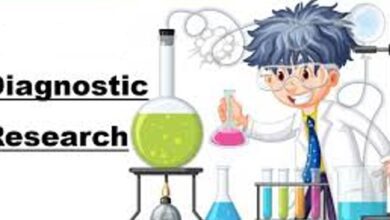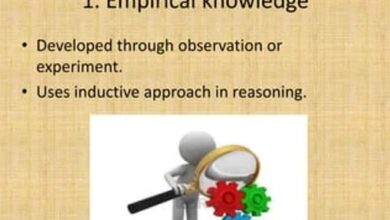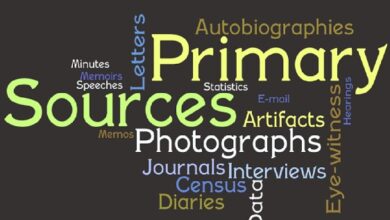Research Writing
Research Writing
Research writing is a process of inquiry that involves gathering and analyzing information in order to answer a question, solve a problem, or explore a topic. Research writing is often used in academic and professional contexts, such as in research papers, dissertations, reports, and articles.
The research writing process typically involves several stages. The first stage is selecting a research topic or question. This involves identifying a problem or area of inquiry that is of interest to the researcher and that has not already been extensively studied. The research question should be specific and focused, and should be framed in a way that can be answered through research.
The next stage is conducting a literature review. This involves gathering and analyzing existing research and scholarship on the topic of inquiry. The literature review provides the researcher with an understanding of what has already been studied, what gaps exist in the research, and what questions remain unanswered. The literature review also helps the researcher to identify key theories, concepts, and methodologies that will be relevant to their own research.
The third stage is developing a research design. This involves determining the methodology that will be used to gather data and answer the research question. The methodology may involve collecting data through surveys, interviews, observations, experiments, or other methods. The research design also includes developing a plan for analyzing the data that is collected.
The fourth stage is collecting and analyzing data. This involves actually carrying out the research, gathering data, and analyzing it in order to answer the research question. Data analysis may involve statistical analysis, qualitative analysis, or a combination of both.
The final stage is writing up the research findings. This involves communicating the results of the research in a clear, concise, and organized manner. The research report typically includes an introduction, literature review, methodology, results, discussion, and conclusion. The introduction provides an overview of the research question and the purpose of the study. The literature review summarizes the existing research on the topic. The methodology describes the research design and the methods used to gather and analyze data. The results section presents the findings of the research. The discussion section interprets the results and explains their significance. The conclusion summarizes the main findings and implications of the research.
Research writing is an important tool for generating new knowledge and understanding in a wide range of disciplines. It allows researchers to explore new ideas, test hypotheses, and make contributions to their fields. Moreover, research writing helps to promote critical thinking skills, as researchers must evaluate evidence, analyze data, and interpret results in order to draw conclusions. In addition, research writing plays an important role in professional development, as it allows researchers to communicate their findings to colleagues and stakeholders, and to contribute to ongoing debates and discussions in their fields.
-
What are Secondary groups characteristics and examples
Secondary groups are more or less stable groups of people, interrelated primarily for a common purpose or because circumstances demand it. The…
Read More » -

Diagnostic research features techniques types examples Advantages and disadvantages
Diagnostic research is a method of study by which it is possible to know what happens in a specific situation. That…
Read More » -

What is Empirical knowledge characteristics types, examples Advantages and disadvantages
Empirical knowledge is knowledge accumulated using human senses, from observation or experiment. For example, when a scientist obtains data from an experiment or…
Read More » -

Research techniques types characteristics and examples
Research techniques are processes and instruments used when starting the study of a particular phenomenon. These methods make it possible to collect, examine…
Read More » -

Indirect observation features advantages disadvantages example
Indirect observation is a method of collecting data about the characteristics and properties of an individual phenomenon or situation. In this methodology, the researcher…
Read More » -

What are Primary sources characteristics and examples
Primary sources are documents that contain original information that has not been edited, translated, or restructured. They are also known as first-hand sources…
Read More » -

How to formulate a hypothesis scientific method types and Steps
The formulation of the hypothesis is one of the steps of the scientific method. It is the part in which the researcher generates…
Read More » -

What is Grouped data solved examples and exercises
Grouped data are those classified into categories or classes, with their frequency as a criterion. This is done to simplify the handling of…
Read More » -

Data collection techniques concept Definition and importance
Data collection is a grouped activity or important information is collected about a specific topic; in general, this activity aims to provide the…
Read More » -

What is Data interpretation methods Importance Scales
Data interpretation refers to the application of processes by which data are reviewed in order to reach an informed conclusion. Data…
Read More »